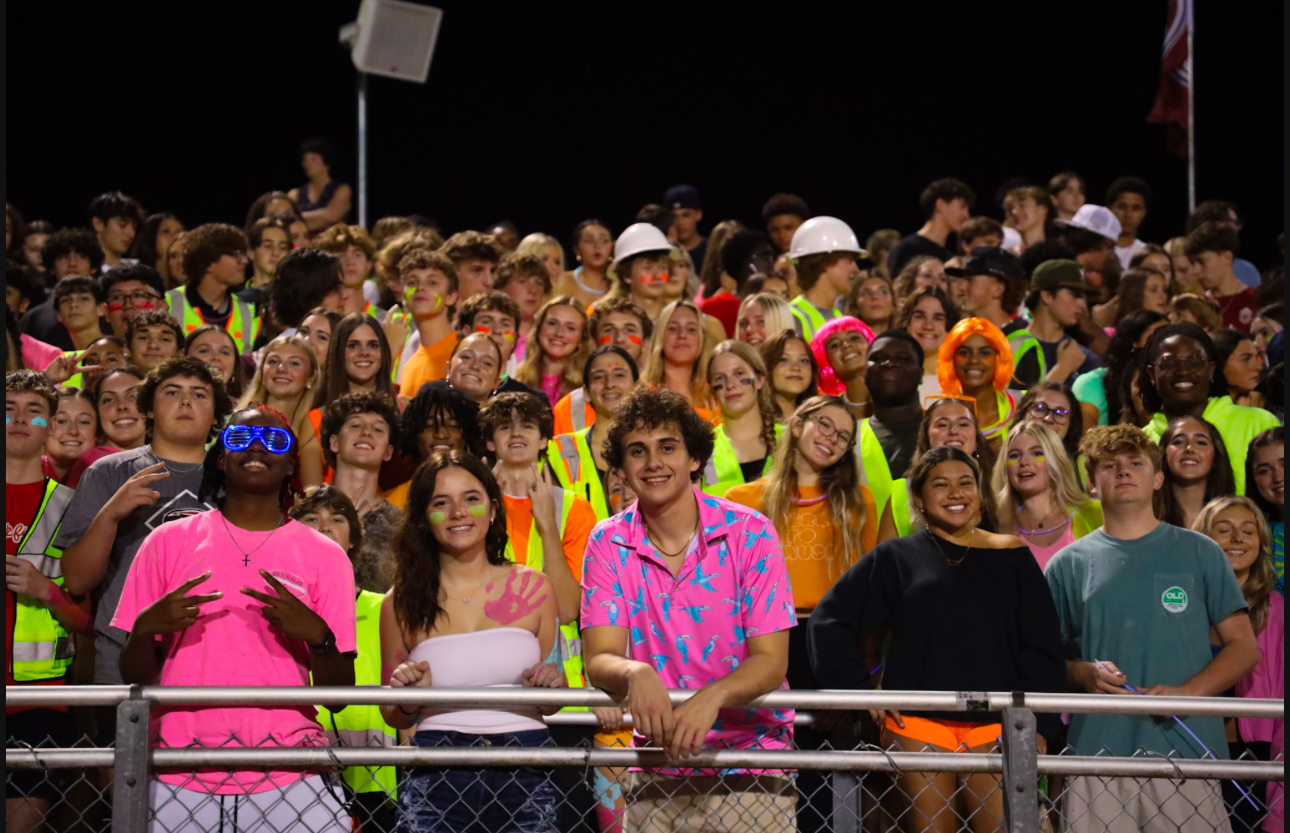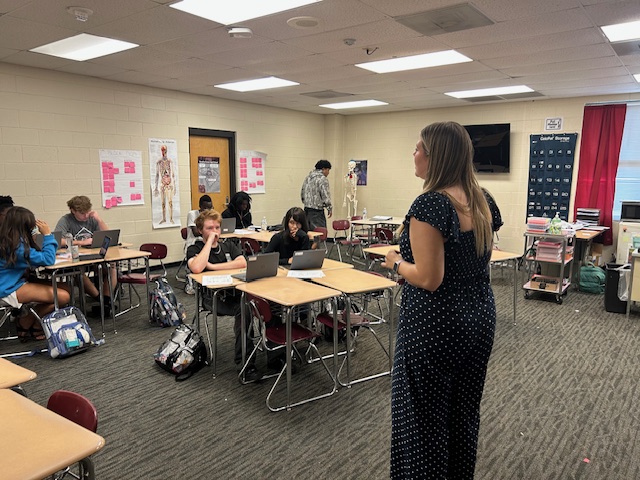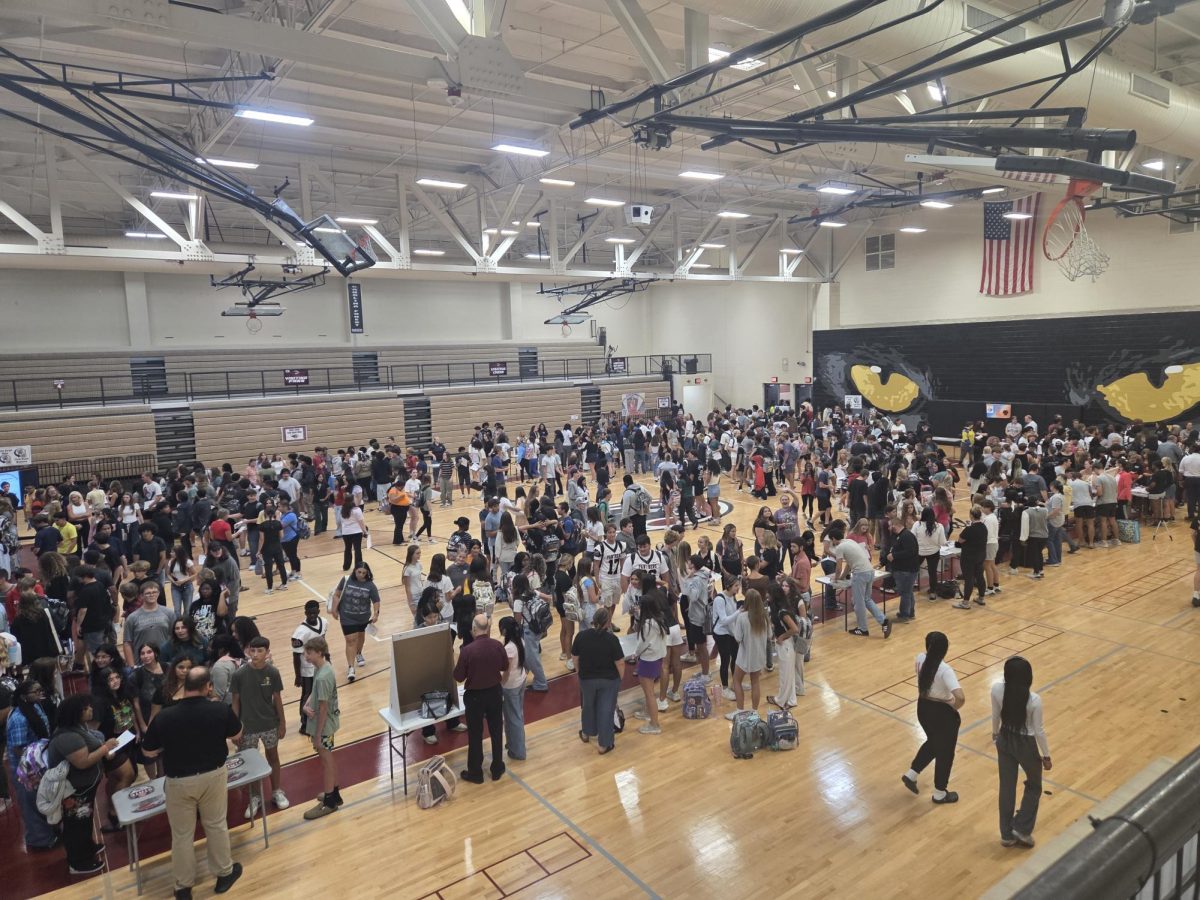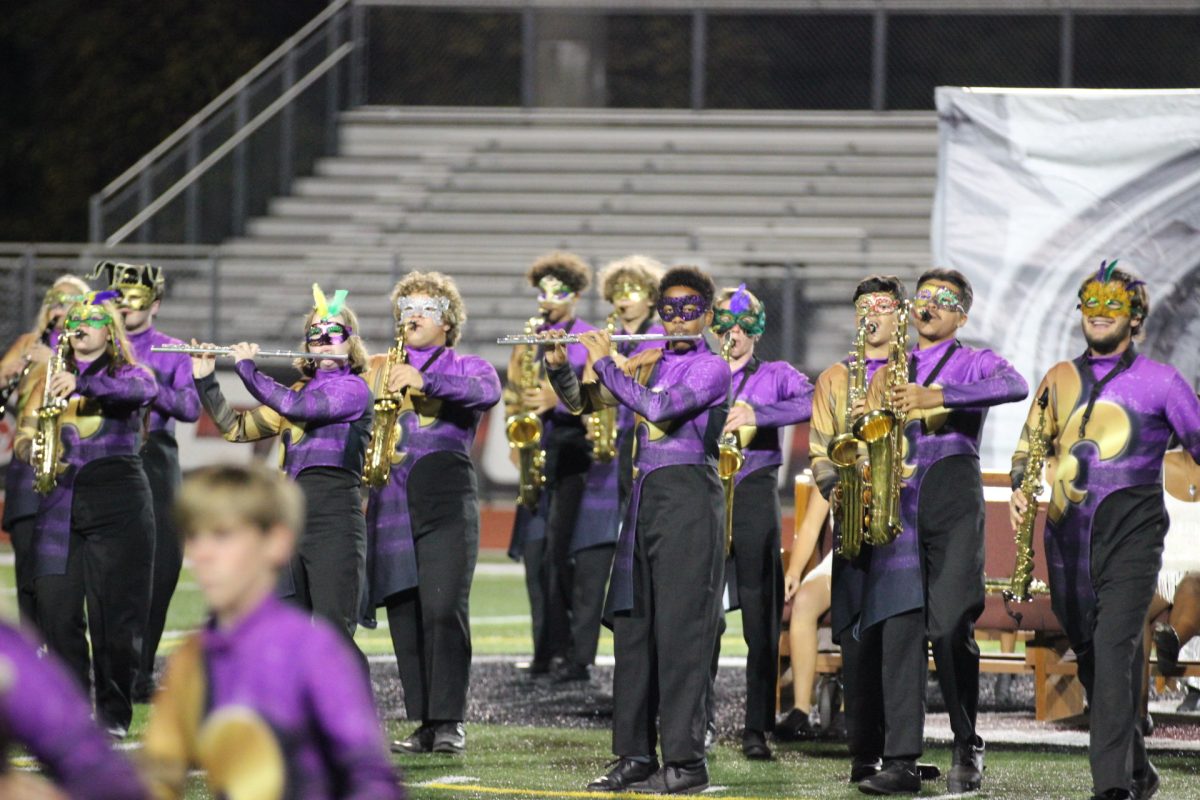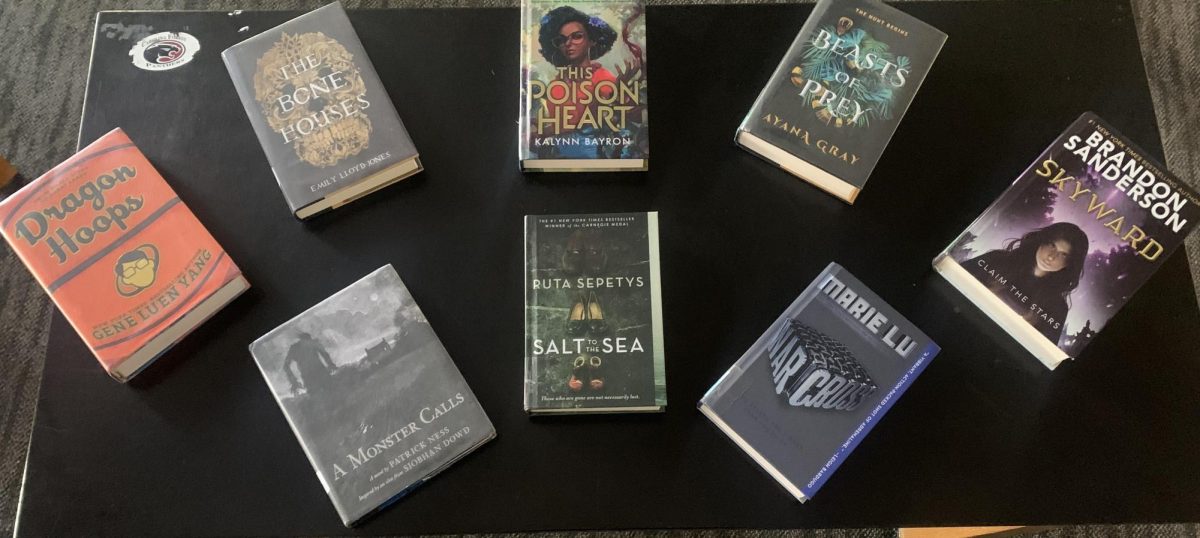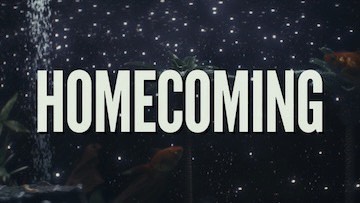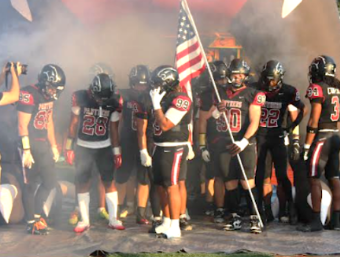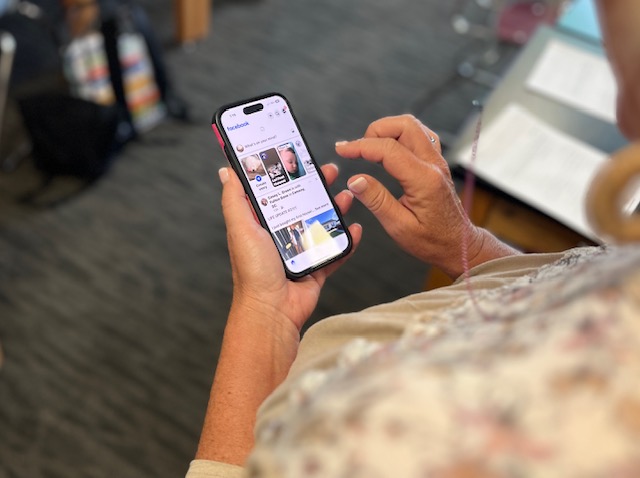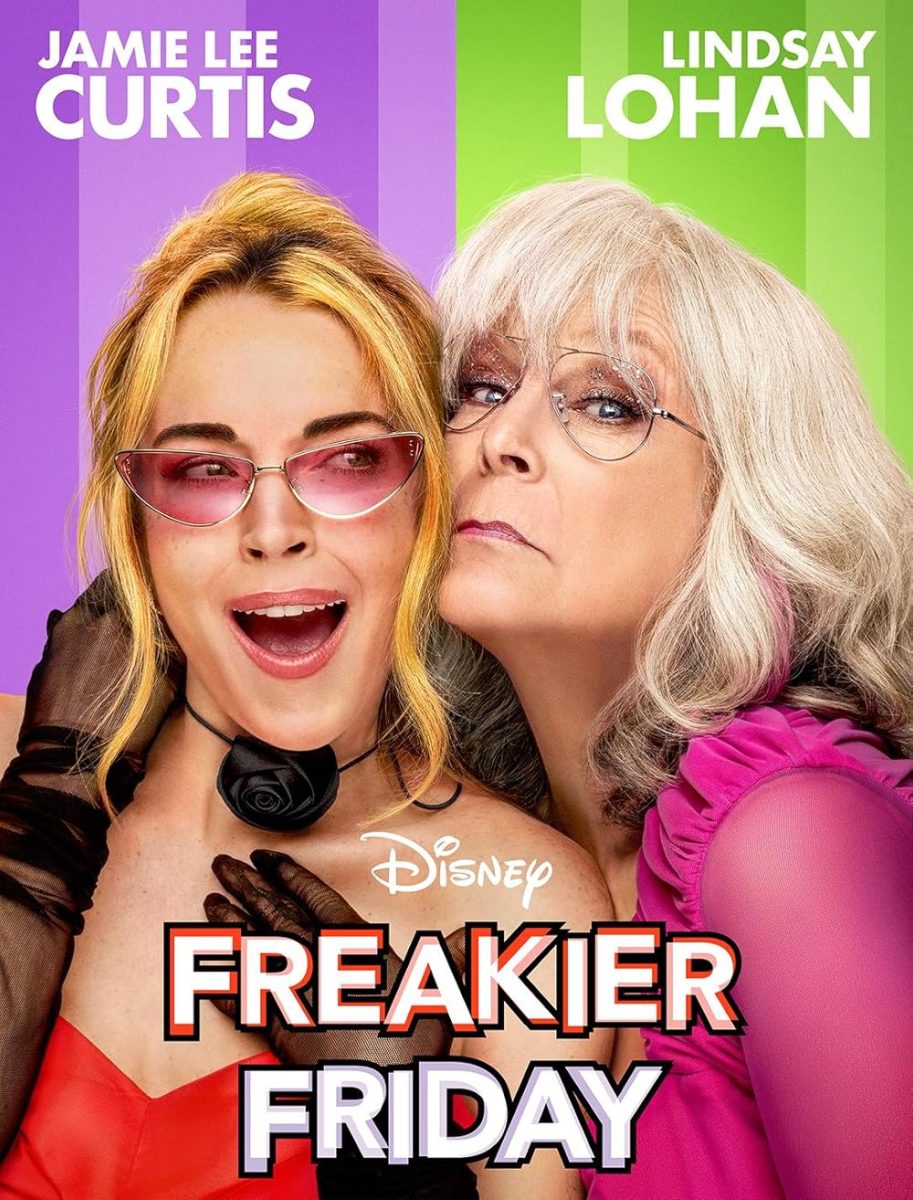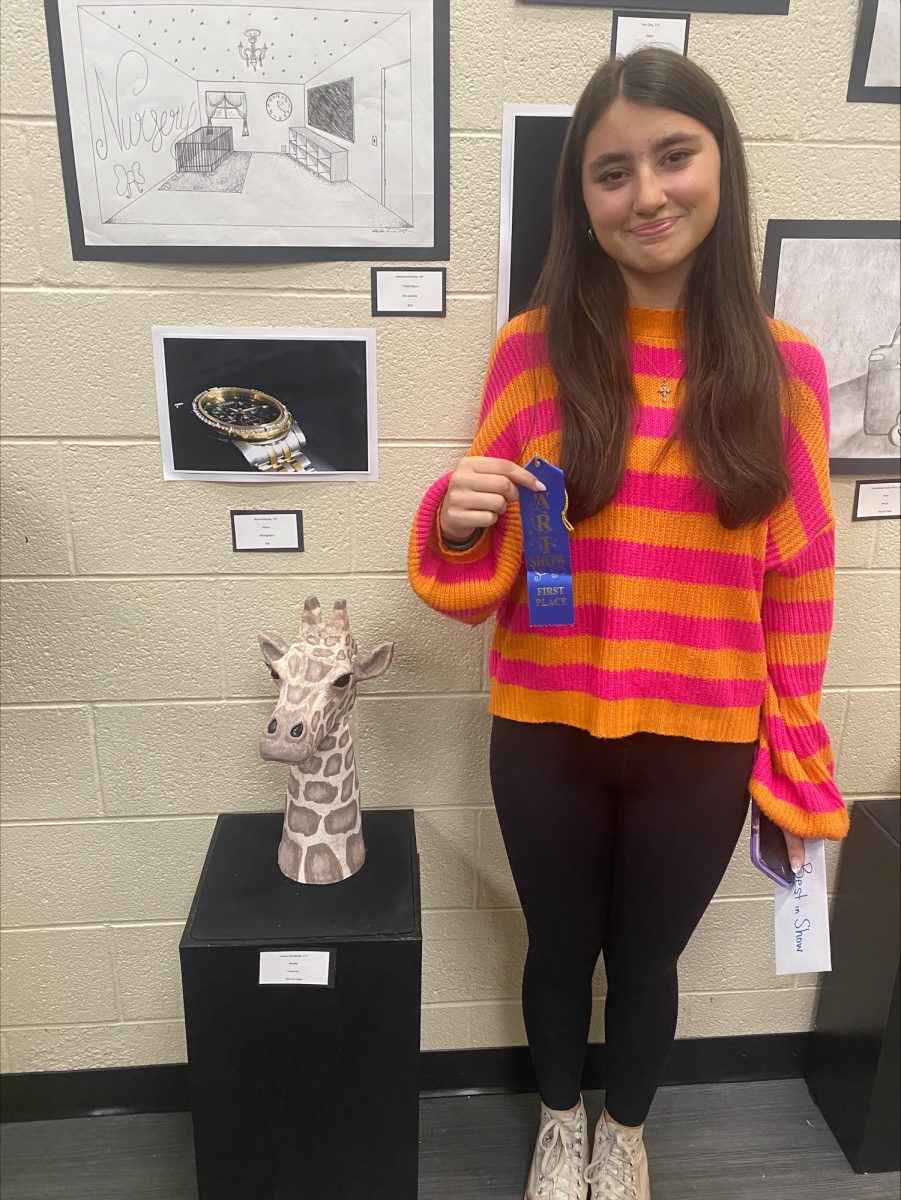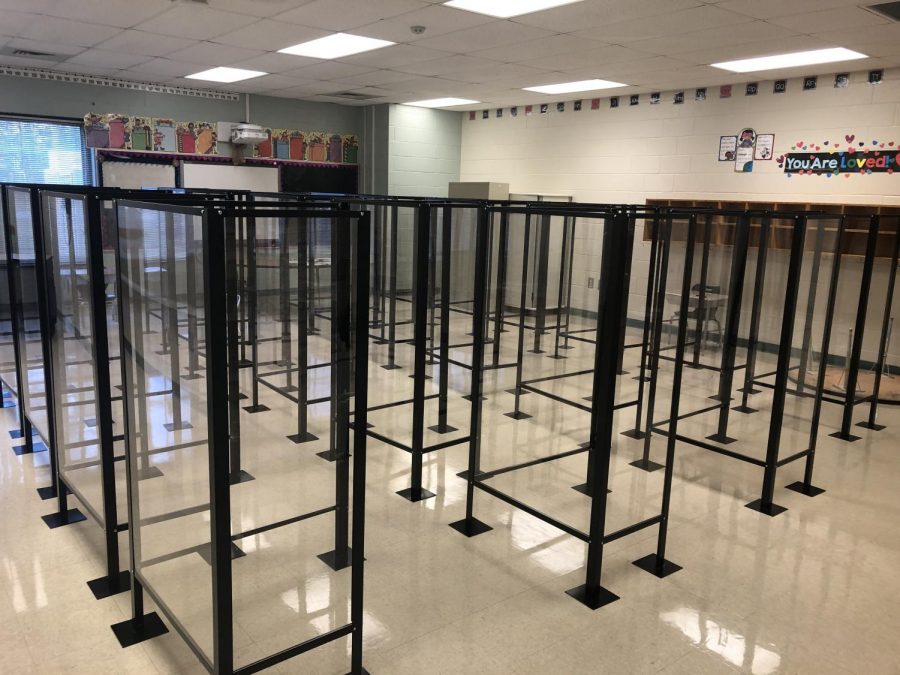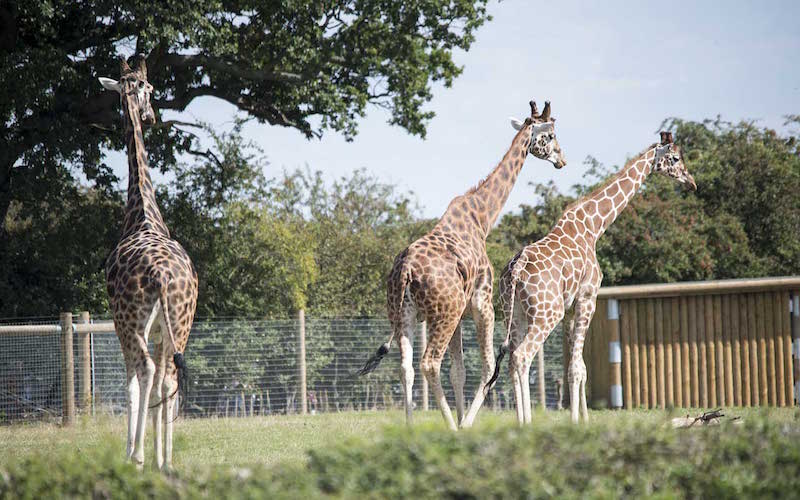Pandemic Effects on Zoos
May 4, 2021
Zoos have always been a popular attraction in many areas, and people have various opinions both positive and negative, but with the current COVID-19 pandemic going on, this news may strike your pre-standing opinion. Many movies like Blackfish and other documentaries “exposing” high profiting animal in-captivity companies who thrive off the forefront they show to the public of their “heroic” work they have contributed to the animal society have turned a lot of people, myself included, away from animal-based entertainment.
Zoos and many other attractions are plummeting in sales and given their sales go towards the care of the animals, they could be in trouble. In fact, editor for Animals Australia Jo-Anne McArthur suggests that because zoos are not making enough revenue to financially keep up with the uptake of the animals. Some animals that are in decline are being slaughtered and fed to other animals in an effort of keeping the remaining animals alive.
There is an argument stating that zoos were originally created and are maintained in an effort to conserve endangered animals. There are many species of animals in the world that are on the brink of extinction, so it would make sense for societies to relocate the animals to man-made areas where they are protected and monitored while research is conducted in an effort to release them back into the wild. However, that is not what zoos have become.
In fact, research conducted by Freedom for Animals argues that a large majority of the animals captivated in zoos are not even on the endangered species list. “By focusing on zoos in Wales, we carried out research which unearthed that just 9% of animals held captive are endangered and 17% are threatened in the wild. This means the vast majority of animals kept in zoos are not threatened in the wild, so why are they held captive?” The proof that almost all of the animals captive in zoos are not in fact endangered overthrows the argument that zoos are benefitting the animal society and proves that it is actually causing more harm than good.
Maybe you are still on the fence but allow me to pose this question: “What’s wrong with animals that are not endangered to be put in zoos? Why are zoos considered “bad” for animals?”
If you think about an untouched animal in the wild, it has all of the world to roam. It can go as far and as wide as it wants. Animals have natural born instincts to maintain body temperature in wild climates, hunt their prey, and survive on their own without the help of humans. Now imagine being put in a 1,100 square foot container made of glass with a regulated climate, premade food, and just pacing around for the rest of your life. You become reliant and dependent on the help of humans because you are not developing your natural born instincts and so say the zoo does release the animal back into the wild, how will they know what to do, where to go, how to survive?
According to Animals Australia, there have been many allegations against zoos overbreeding so they can advertise cute baby animals to the public, but once those babies have grown up into full-grown animals they may be slaughtered and fed to other animals. In 2014 a giraffe named Marius was murdered by being shot in the head in front of crowds of people visiting the Copenhagen Zoo and his body was fed to the lions. Why this scandal did not shut down zoos completely makes my head spin.
So next time you plan a day trip to the zoo and consider investing in a zoo’s revenue and contributing to the “latest and greatest attraction,” think about what that money is actually going towards…is it advertising and marketing, or where it should be going – towards the well-being and care of the captivated animals.
